Collective Worship
“Sing to the LORD, a new song; his praise be in the congregation of the faithful” – Psalm 149:1
‘To know, love and serve God’
The Nature of Collective Worship
Collective worship at Gunnersbury Catholic School names and celebrates God’s presence in our lives. It is concerned with giving glory, honour, praise and thanks to God. It is our loving response, in word and action, to God’s invitation to enter into a relationship, made possible through the work of Jesus Christ and the witness of the Holy Spirit.
Legal Requirements
It is a legal requirement that there is a daily act of worship offered for all students. This can take place at any time during the school day and can be either a single act of worship for all pupils, or separate acts of worship in school groups. Holding an assembly that includes a prayer, said either by the teacher or everyone present, does not fulfil this requirement. Collective worship and assembly are distinct activities. They may sometimes form part of the same gathering, but the difference between the two will always be made clear. The act of worship is not designated curriculum time under regulations and will not be subsumed under any part of the curriculum, including religious education. Responsibility for arranging Collective Worship lies with the Governing Body after consultation with the headteacher. Parents have a right to withdraw their child from Collective Worship. However, given the importance of Collective Worship in a Catholic school, parents and prospective parents will be made aware of the fact that it can never be confined to ‘timetabled slots’ but may take place in a variety of contexts other than those which are specifically structured within the RE curriculum.
The Aims of Collective Worship Collective Worship
- To contemplate the mystery of God
- To reflect on spiritual and moral issues
- To explore personal beliefs
- To respond to and to celebrate life
- To experience a sense of belonging and to develop community spirit
- To develop a common ethos and shared values
- To enrich religious experience
- To grow in liturgical understanding and development
- To pray using prayers which are part of the Catholic tradition
Planning, content and celebration
Collective Worship is planned following a structure with reference to the Church’s seasons, feast days, and significant dates e.g. CAFOD Family Fast Day, Holocaust Memorial Day.
Leading Collective Worship
The Chaplaincy team and Senior Leaders plan, lead, monitor and evaluate collective worship. Heads of Year and Form Tutors lead class collective worship.
Monitoring and Evaluation
Throughout the year, as part of the school’s monitoring calendar, the school’s provision of Collective Worship will be evaluated to consider whether it meets the needs of pupils and whether it truly reflects the aims and mission of the school.
Resources
Collective Worship resources are produced and distributed by the Chaplain, Liturgical leaders and RE Team.
The Learning Environment
Symbols and icons of the Catholic faith are displayed in school and throughout its premises, which help the school community and visitors to experience the uniqueness and sacredness of this learning environment. In the main block there is a display reflecting the current Catholic Life theme. The focal point of a crucifix is displayed in each classroom and throughout the school.

